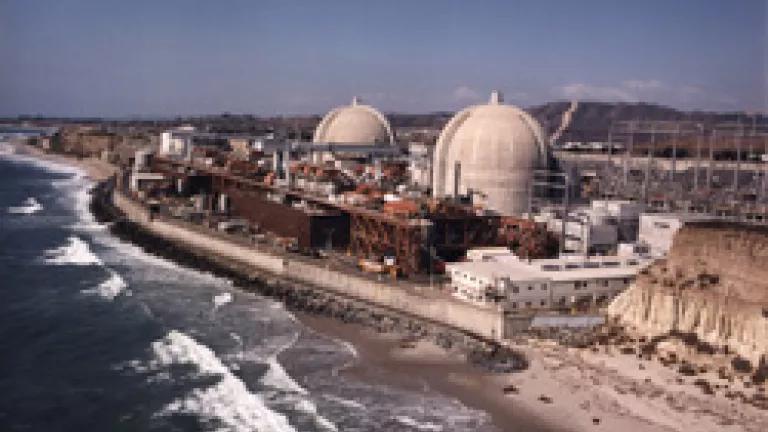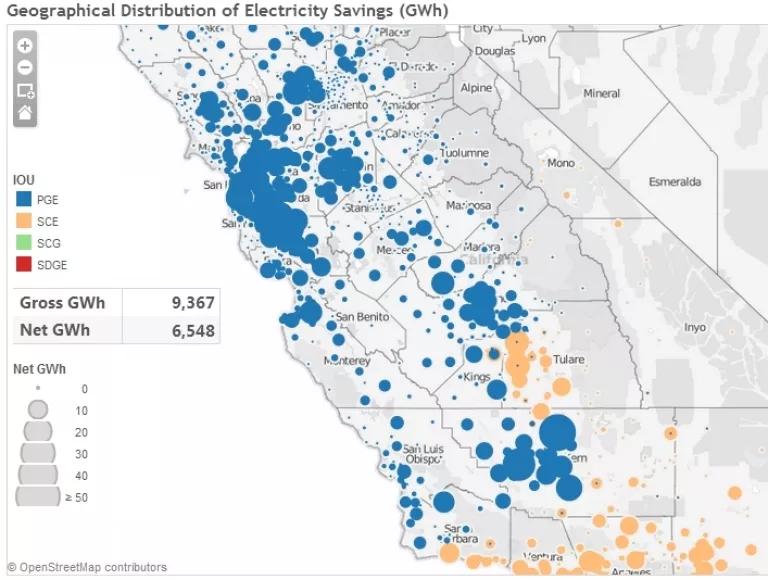
California has long proven that saving energy is good for our wallets, good for the air we breathe, and good for meeting our environmental goals. But California is in the forefront of proving something new: that saving energy actually can make our electric system stronger.
At a recent gathering of prominent energy leaders in California, the brightest minds put forward ideas that show how we can increase the amount of energy we save while enjoying the same level of services and comfort and, at the same time, make our electric grid more resilient. After a discussion among top thinkers within the California Public Utilities Commission, the California Energy Commission, the electric utilities, California Independent System Operator (the group that manages the flow of electricity over all the wires and boxes in our electric system) , and in the energy efficiency industry, three top ways to use energy efficiency as a grid reliability tool emerged:
1. Improve our ability to predict where energy efficiency will get installed
When you install an energy efficient appliance in your home, like buying a new LED light bulb at your hardware store, or if you accomplish the bigger project of upgrading your whole house to waste less energy, that decreases the amount of electricity that needs to flow over the electric lines and into your home. When less electricity is needed to flow through the wires and boxes to your dwelling, the electric grid planners don’t need to build as much electricity infrastructure, like transmission and distribution lines. The planners also are then able to avoid building as many power plants as they would have needed if customers hadn’t installed all that energy efficiency. (This happened when the state’s giant nuclear plant was retired, for example.)
But here’s the rub: if the electricity planners don’t know where the energy is being saved, it makes it more difficult for them to plan. So, the conference’s thought leaders proposed gathering more fine-tuned data about where this energy efficiency is being installed (similar to the California Public Utilities Commission map below which tracks installations from 2010-2012, like where the utilities have issued rebates for home upgrades), as a way to use more of these energy savings to avoid overbuilding our electric system and maintaining reliability.

2. Improve our ability to predict when different types of energy efficiency will save energy
Not all energy efficiency is created equal. Some types of energy efficiency save most of their energy during the morning, some during the middle of the day, and others in the evening. While saving energy at any time of the day is good because it avoids the burning of fossil fuels and cleans the air that we breathe, saving energy at certain times of the day can be even better. Not only can it avoid the burning of fossil fuel at the power plant, but when timed right, can avoid the building of entire power plants.
The California system operator is predicting that we may need a set of power plants to provide power at the end of the day, right as and after the sun goes down, when people come home from work. So, if we save energy during that sunset-to-dinner time period, we would have a much more stable electric grid. (And save a lot of money by not having to build all those power plants.)
But a similar challenge awaits: The electricity planners need to know when all the energy efficiency is going to deliver the electricity savings in order to best account for them. This is why the conference participants proposed that we collect better data about when during the day the various energy efficiency measures are saving electricity, in order to enhance the reliability of the electric grid.
3. Keep a strong commitment to energy efficiency over the long run
Every planning process inherently involves a lot of uncertainty. But a strong and demonstrated government commitment to programs can lessen that uncertainty. One of the key issues that the California Independent System Operator (CAISO) raised was for the state to continue its strong commitment to energy efficiency. For example, the CPUC recently decided to make it the default that energy efficiency programs will continue to receive funding indefinitely into the future, and the CAISO noted how useful that demonstrated commitment was for their long-term plans. Overall, there was no doubt in my mind that the resounding answer from the program planners was: Yes, we will continue to invest in energy efficiency as the top-priority resource in California. With this commitment, the system planners can more confidently rely on energy efficiency as a key element of making our electric grid stronger.
We will continue our work with all the agencies to ensure that these cutting edge issues are implemented. And also that your investment in a new energy efficient appliance, or whole-home upgrade, can be used to make our electric grid more reliable and help avoid blackouts.
